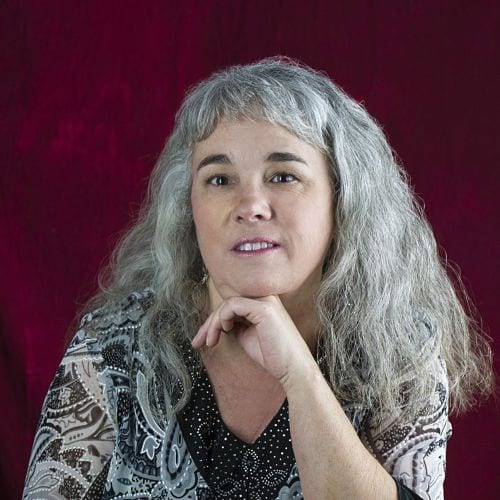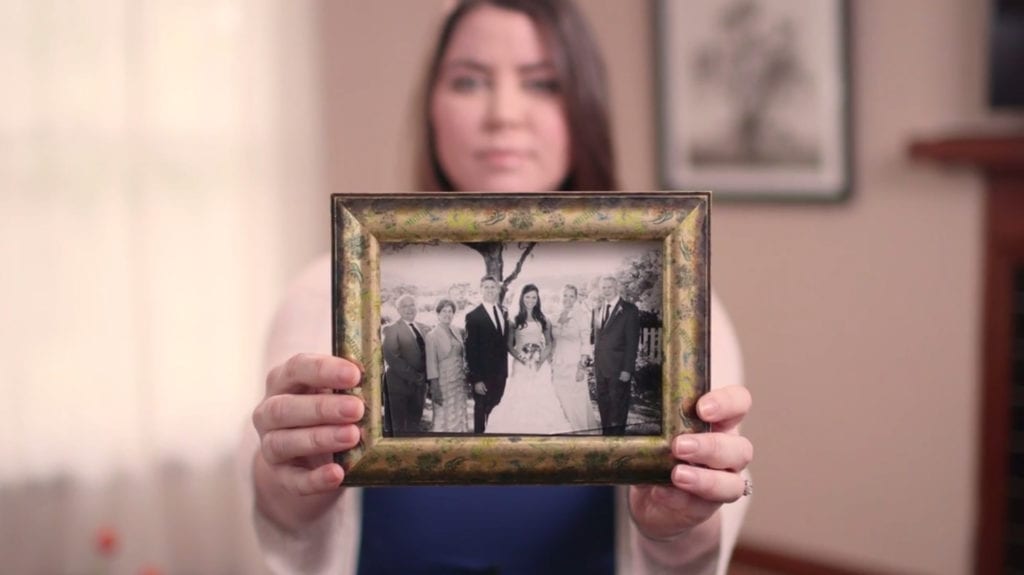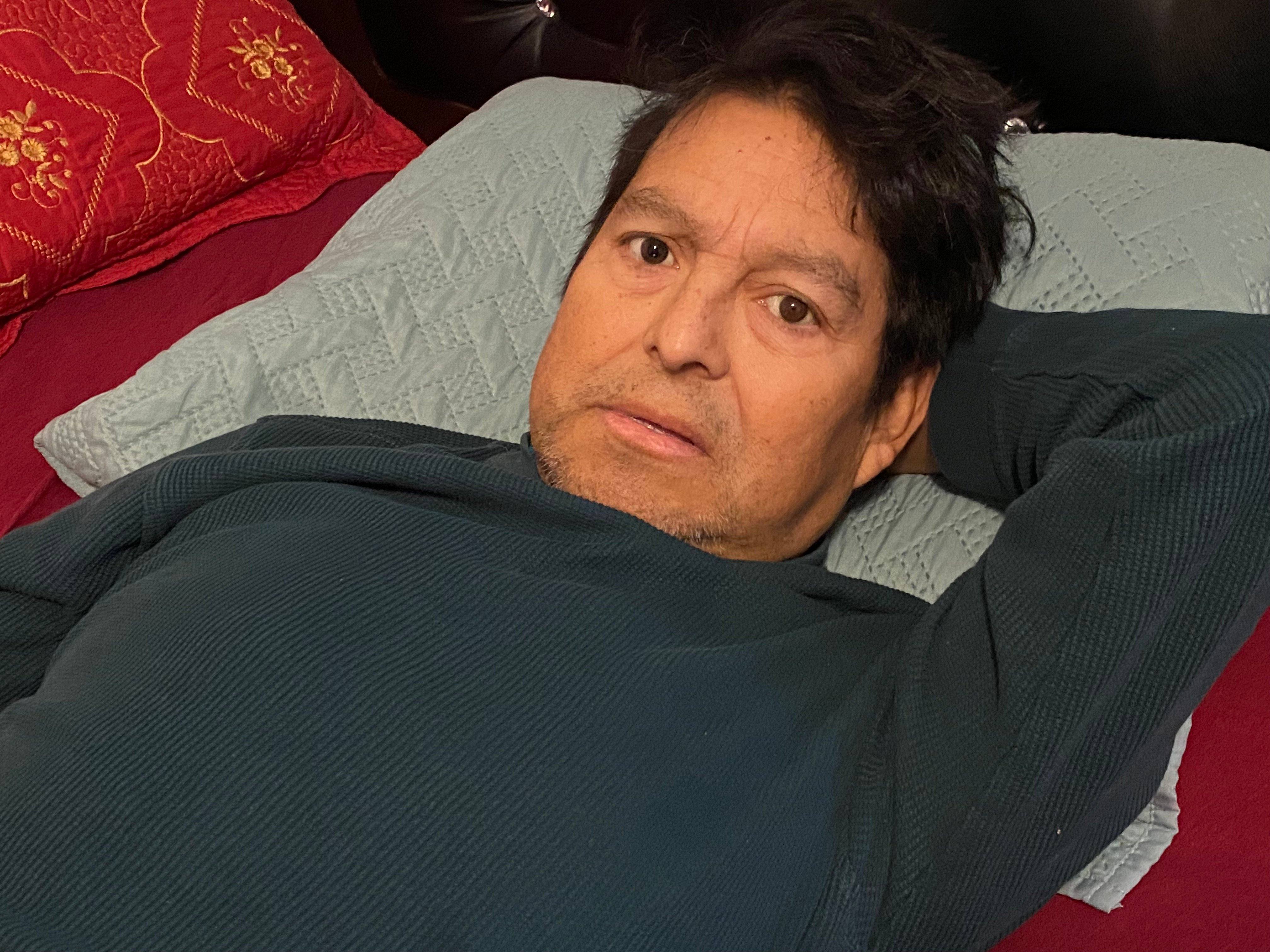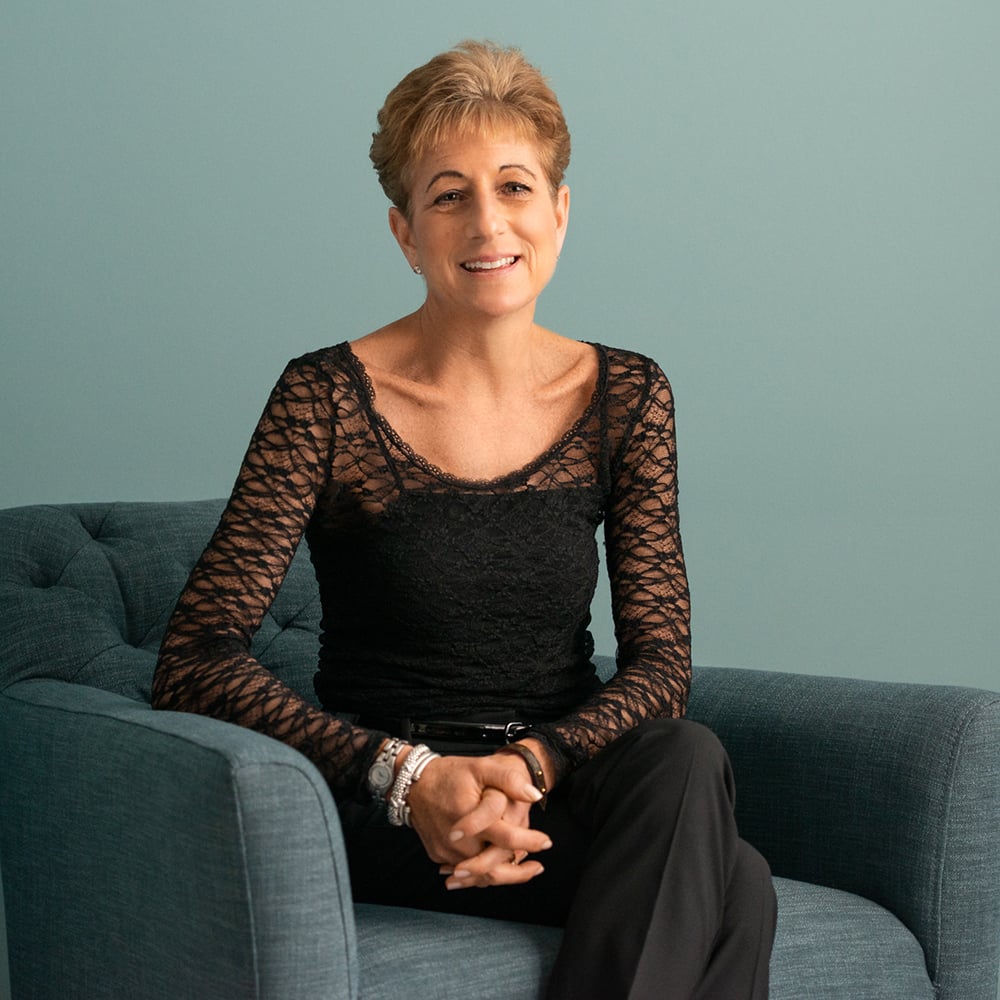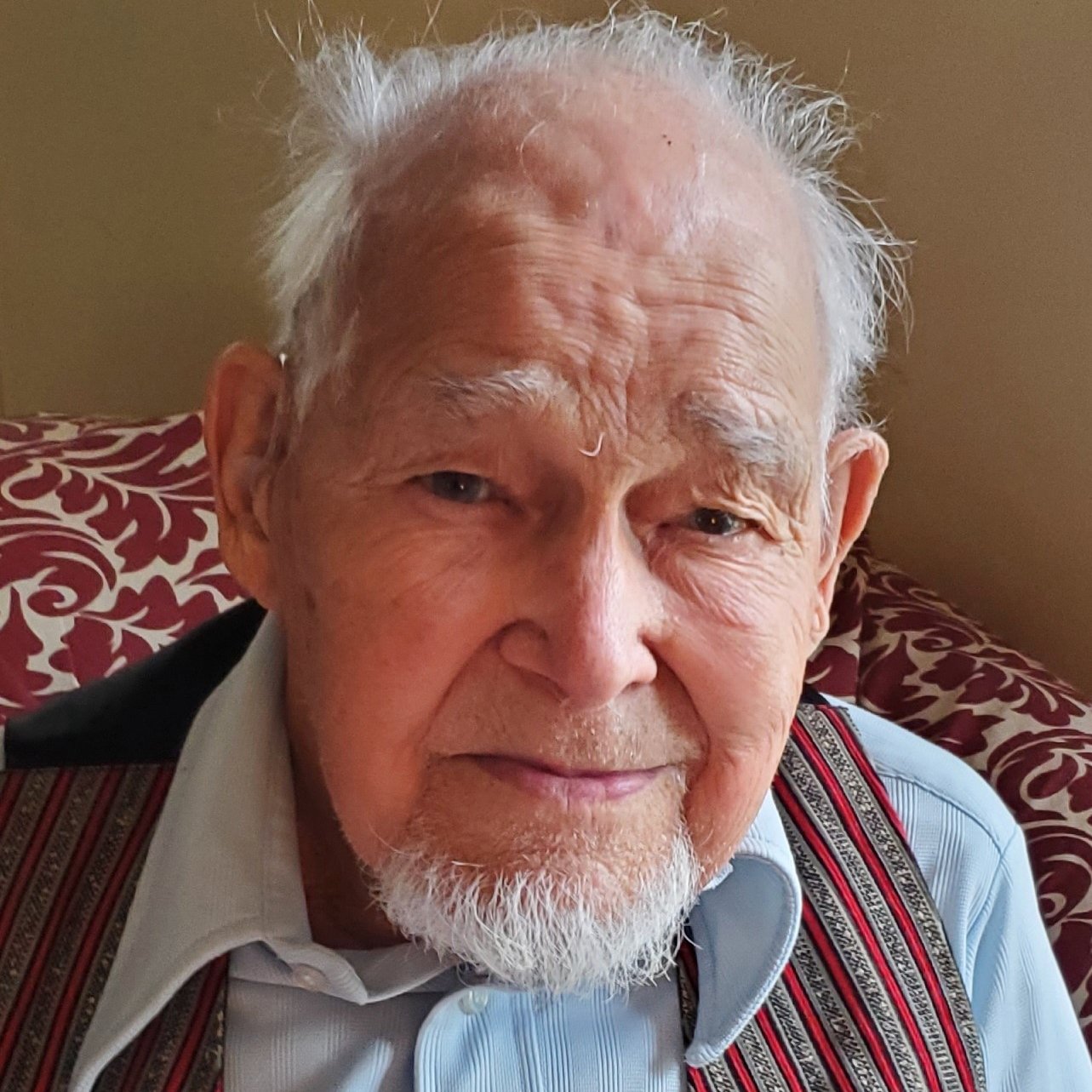Bonnie shared her story in October of 2019.
On February 5, 2018, my mother, Pamela Harris, left the party early, only a few days ahead of the death metastatic breast cancer was bringing. She died peacefully, held by loved ones, and on the day of her choosing because of her aid-in-dying medication.
My mother's greatest fear, dying while suffering came from watching my brother die of a rare form of malignant melanoma in August of 2002. In addition, she had worked for years as a Certified Nursing Assistant caring for patients, in their homes, who were on hospice services. These experiences solidified my mother’s understanding and fear of suffering and pain at the end of life.
My mother battled breast cancer twice. There was an 18 year period between the first and second bouts, during which time she lived life fully and believed she beat the disease. In June 2013, when metastatic breast cancer was found in her bones, it was extremely shocking.
For over four years, my mother fought the metastases with "smart drugs," and in the end with traditional chemotherapy. The cancer spread to her bones, liver, lungs, and likely her brain, though her pain was so great during the last few months, she could not tolerate the CT scan that would have confirmed it had reached her brain. By the end of 2017, it was obvious treatment was not working.
When the End of Life Option Act first went into effect in June 2016, being the social worker I am, I told my mom that she now had an option. I gave her an article about the law and she put it away and we never talked about it. A year later, I brought it up again and she said, “I've been thinking about it. Thank you, Bonnie,” and once again declined to talk about it.
At the end of 2017, when it was clear nothing was working, I asked her, “Remember the End of Life Option Act?” She was finally ready to talk about it and I educated her on the law before she called her doctor to ask about it.
In December, she told her doctor she was ready to begin hospice and wanted an appointment to access the End of Life Option Act. She told hospice about her plans right away and they were on board. Her oncologist, however, was unwilling to write the prescription. He referred her to a primary care doctor within the same health care system, but an hour away, who would be willing to support her wishes. Her own primary care physician had declined to participate.
We assumed that the first request to the oncologist was the first official request. Her oncologist also assumed the same and recommended we book the second appointment with the other physician 15 days out, due to the law’s mandatory waiting period between the first request and second.
At the end of that appointment, the doctor told us, “You have to come back in 15 days for the second appointment.” We had all, including my mother’s oncologist, assumed incorrectly that this was the second appointment. It was really traumatic. I was trembling and said, “You’re kidding, right? She doesn’t know if she’ll make it another 15 days and maintain mental capacity.” My mother was in shock but graciously accepted the doctor's instructions.
My mother's anxiety was palpable for the next two weeks. She lived with the fear that she would no longer have the mental capacity necessary to access the law. For two weeks she was in pain and agony, and full of anxiety. To get her in the car the first time, it took significant psychological will power on her part because the ride itself was so physically painful. The second appointment, my father and I knew she wanted the option of medical aid in dying, but she said, “I don’t want to get in the car.” She was afraid of the physical pain she would have to endure for that hour-long drive.
My mother rallied her courage and we made it to her second appointment. The next day, I picked up her aid-in-dying prescription. She took the medication three days later.
My mother was a courageous warrior who dealt with pain and suffering with grace. She had suffered for months while fighting for more time with us. In the end, her greatest fear was not realized because she was able to exercise her right to die peacefully. She died in peace and quiet, not in any more suffering or pain.
The hurdles and the rigidity in which the regulatory requirements were held to were more about protecting the medical system from any kind of liability rather than protecting the patient. I knew the spirit of the law, but how we had to carry it out added to the anxiety and stress during a time of intense grief. Those extra two weeks of waiting were almost intolerable for all of us.


